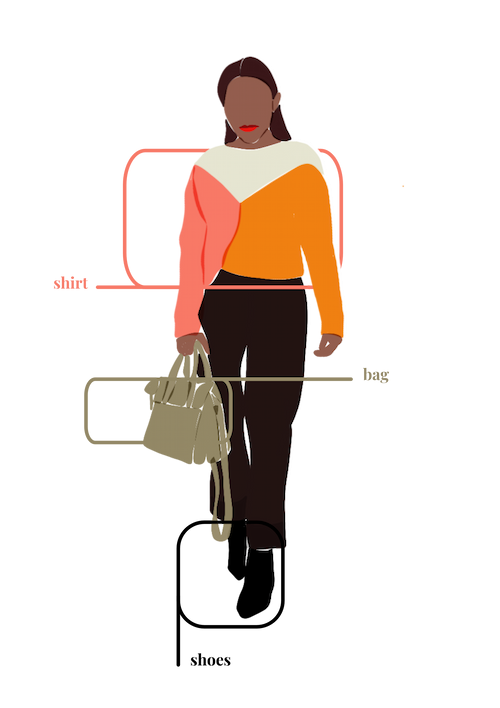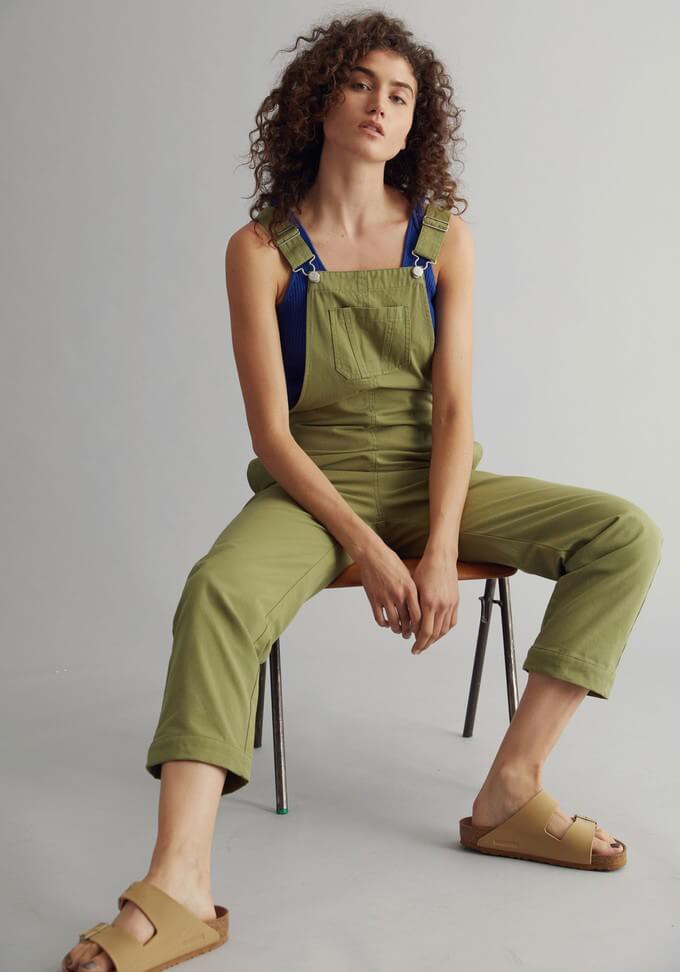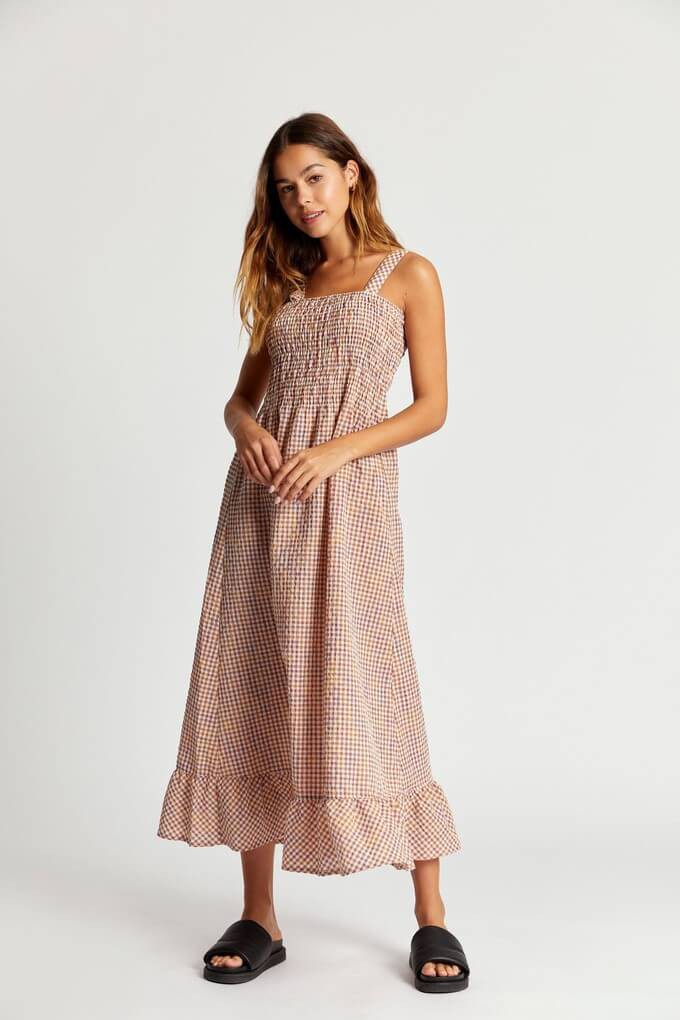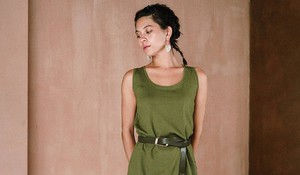- Clothes
- Bags
- Accessories
-
Inspiration
- Shoes
Cost Per Wear: What It Is & How It Makes Slow Fashion Cheaper

Fast fashion clothes might have a lower price tag than sustainable garments. They have two much higher costs, though: the environmental one and… yes, the cost per wear.
By being aware of it, you can save money and make more sustainable fashion choices. A win win, right?
Discover the actual cost per wear meaning and how you can calculate it.
What does cost per wear mean in fashion?
Cost per wear (CPW) is a metric that will help you understand the real price and value of your clothes based on how many times you’ve worn them.
How do you work out the cost per wear?
You don’t need a fancy cost per wear calculator: it’s actually very easy!
To calculate the cost per wear of an item, you must simply divide its price tag by the number of times you’ve worn it (or are planning on wearing it).
For example, you spent £30 on a jumper and, so far, worn it 10 times? Its cost per wear (£30 ÷ 10) is £3.
What is a good CPW?
We hear this question a lot, but… the truth? There isn’t a set rule.
In fact, we don’t think there can be “a good or ideal cost per wear” because it depends on several factors, from your personal budget to the type of garment.
For instance, the CPW of your occasionwear will probably be higher than that of a more casual dress that you can repurpose with different outfits. Even if the price tag happens to be similar, occasionwear is called that for a reason.
That’s why we believe that the cost per wear is mainly helpful to compare clothes. More specifically, to understand why buying lots of cheap fast fashion garments will actually cost you more money in the long run.
Cost per wear: fast vs slow and sustainable fashion
Disclaimer: at Project Cece, we appreciate that not everyone has the budget to purchase certain sustainable garments in the first place.
At the same time, the average consumer spends £526.50 on clothing every year. So, the cost per wear comparison will mainly be relevant for you if you find yourself buying new fast fashion clothes regularly.
Fat fashion tends to be cheaper but has a HIGHER cost per wear

This is because the entire fast fashion industry relies on creating and marketing clothes as disposable.
These cheap garments have a higher cost per wear because:
- There are now 52 micro-seasons, and many ultra fast fashion brands keep uploading thousands of new garments every week. So, consumers are constantly pushed to purchase clothes, wearing them less than 7 times and discarding them to buy new ones
- This industry relies on planned obsolescence: most fast fashion clothes are literally designed to fall apart after a few wearings
So, let’s say you bought a fast fashion dress on a whim: it was £15, and you wore it twice before getting tired of it—after all, you had already showcased it at two different parties and posted it on your socials. Its cost per wear (£15 ÷ 2) was £7.50.
Keep that in mind for later!
Ethical clothes might have a higher price tag but they have a much lower cost per wear
Unlike its “evil” cousin, the slow and sustainable fashion industry focuses on creating clothes that are eco-friendly, produced ethically by workers who’re paid fair wages, and durable. They’re also marketed as such.
So, while this tends to result in higher price tags, it actually translates into a much, much lower cost per wear:
- Ethical clothes tend to be timeless. This doesn’t necessarily mean they’re all basic and neutral! They just don’t follow the ephemeral trends dictated by the catwalk (unlike fast fashion garments). So, consumers are encouraged to choose clothes that match their personal style and preferences instead of something they’ll get tired of after a few weeks
- Most ethical clothes are higher-quality and actually made to last
Maybe you’ve fallen in love with an organic cotton dress that costs £70. It works with so many of your existing clothes and allows you to create different outfits (for example, you’ve been wearing that dress on its own, with a white t-shirt underneath, with different long sleeve tops, and so on). You’ve had it for two years and, so far, already worn it twenty times. Its cost per wear (£70 ÷ 20) is only £3.50.
Remember that other dress you got bored of after wearing it twice—and that would have fallen apart shortly after, anyway?
The cost per wear of that fast fashion dress was £7.50: more than double than that of your higher-quality slow fashion dress.
And don’t forget that you probably bought a new fast fashion dress after discarding the “old” one. And a new one again. And so on.
As long as you can afford the initial price tag, prioritising cost per wear is the most logical and sustainable choice

On average, to justify a garment’s environmental footprint, you should wear it at least 30 times. So, consider buying ethical clothes that you can see yourself rocking that often—and that would actually survive those +30 wearings without falling apart
Basically, even though fast fashion garments are cheaper, their cost per wear is actually higher in most cases. And of course—from polluting materials to carbon emissions and huge quantities of waste—so is their environmental cost.
By investing in fewer higher-quality garments, you’ll make a difference for the planet and save money in the long run. Not bad, huh?
To help you find the right ethical fashion clothes for you, at Project Cece we brought hundreds of fairtrade brands in one place. We also added filters to narrow down your choices.
So, falling in love with durable and ethical clothes that match your style is now easier than ever!
Found this article on cost per wear helpful? Start receiving our tips and inspiration to make even more sustainable fashion choices.
Share our story
Related articles
Why Is Sustainable Fashion So Expensive? (& How It’s Cheaper)
To understand why sustainable fashion is so expensive, let’s see how it’s different from fast fashion. Spoiler alert: the latter has a terrible hidden cost!
How to Ditch Fast Fashion & Switch to Ethical Clothes: 10 Tips
Ready to take the first step towards a more sustainable wardrobe? Here are some practical tips to ditch fast fashion and discover ethical alternatives.
Problems with Fast Fashion: Cheap Clothes, High Hidden Costs
From child labour to toxic dyes, there’s a high hidden cost behind cheap labels. Check out the problems with fast fashion and discover a sustainable solution.
Project Cece is a platform that collects ethical fashion from vetted brands and shops in one place. Browse ethical fashion for women and men and find items that fit your style, budget and values!





